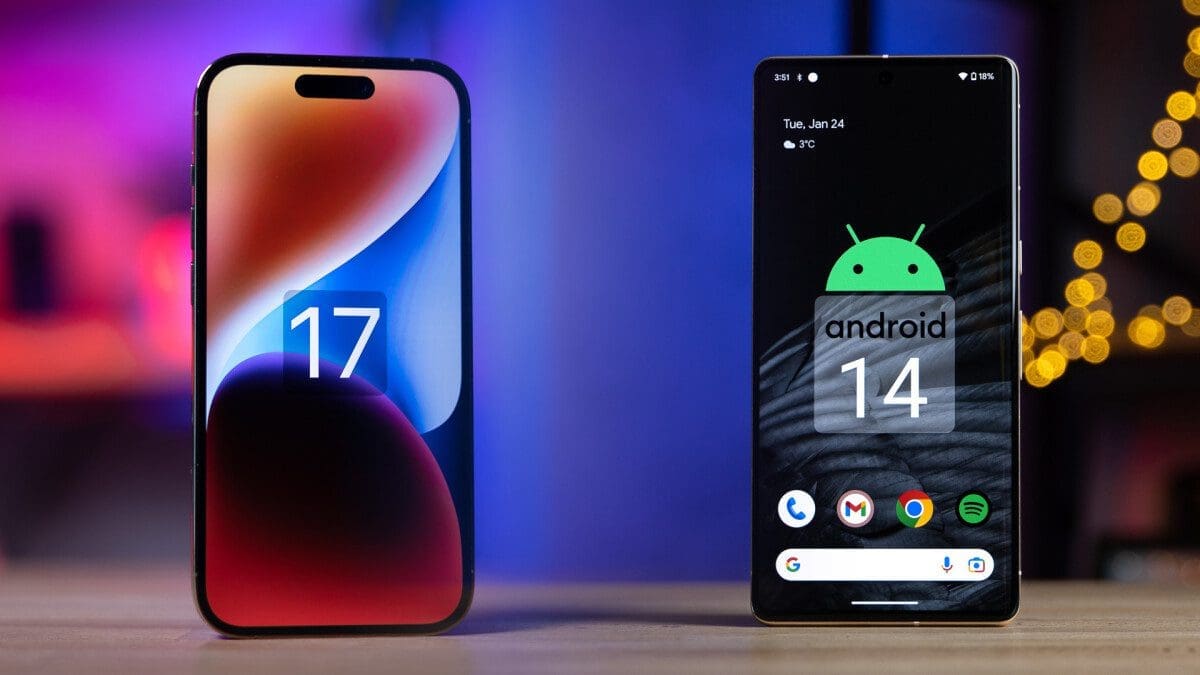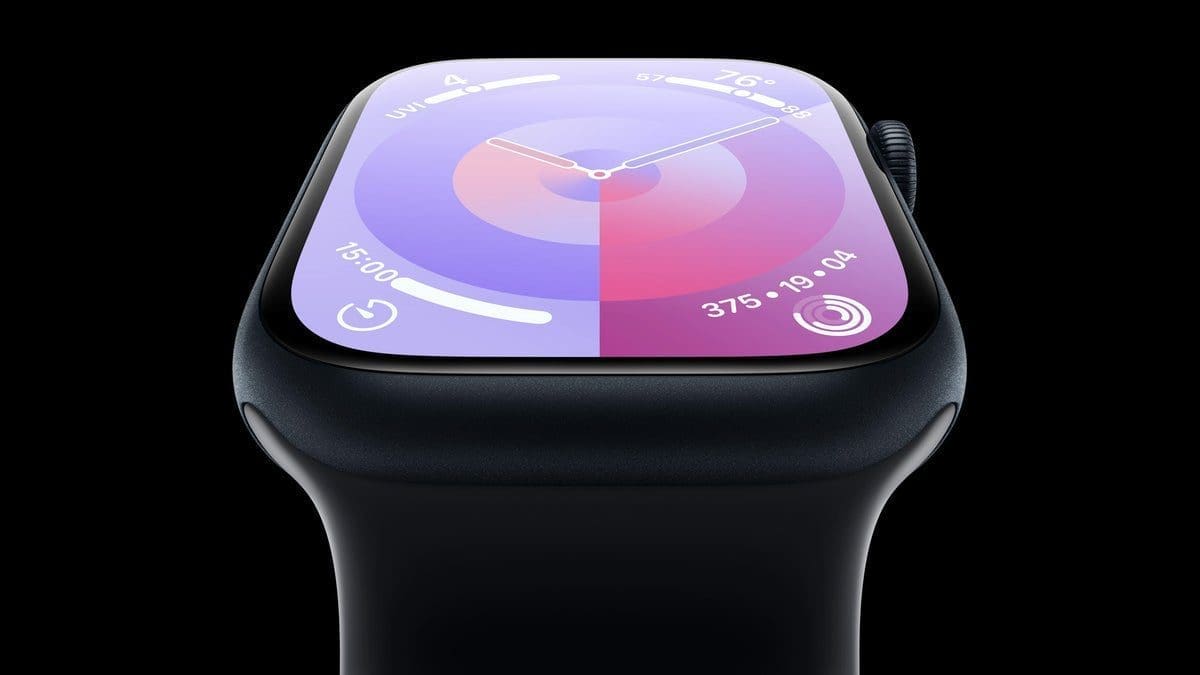Title: 6 Features iOS Should Borrow from Android
Getting an iPhone comes with the benefit of prolonged software support, often lasting up to five years. Recently, Apple released iOS 17, bringing support to iPhone XR, iPhone Xs, and iPhone Xs Max, which were released in 2018. In comparison, Samsung commits to four years of major software updates and five years of security updates, surpassing Google’s Pixel phones. Similarly, OnePlus matches Samsung in offering excellent software support.
Now, let’s explore some features that iOS could benefit from borrowing from Android.
1. The Mute Switch/Action Button
OnePlus is the only Android manufacturer to incorporate a dedicated mute switch. Their triple slider allows users to switch between sound, vibrate, and full mute options conveniently. It’s surprising that other manufacturers haven’t experimented with this concept yet. As of now, Apple is replacing the mute switch with an Action Button on the iPhone 15 Pro, which users might miss.
2. Widget Stacking
Apple introduced the ability to place widgets on an iPhone’s homescreen with iOS 14, years after Android had already implemented them. Apple’s Widget Stacks allows storing multiple widgets in one spot and accessing them by scrolling. Although Samsung added this feature to its One UI, it hasn’t become a baked-in feature in core Android yet.
3. The Control Center
Android’s quick toggles section inside the notifications shade is not as intuitive or useful as Apple’s Control Center. Google’s decision to create large unifying tiles for quick toggles makes it harder to access certain settings, like Wi-Fi. Adjusting brightness can also be cumbersome on Android devices. Although Android’s quick toggles offer more customization options, the Control Center on iOS provides quick access to essential controls with just a glance.
4. Continuity, Handoff, Shared Clipboard
Apple devices excel in seamlessly connecting with each other, allowing for effortless interaction. Features like shared clipboard, continuity, and handoff enable users to pick up where they left off across different devices. Samsung has implemented some of these features between its devices, but Google’s Android devices are still lacking in this area.
5. The Tightly-Knit Ecosystem
Apple’s ecosystem stands above others, as their devices complement each other in subtle ways. The AirPods work seamlessly with iPhones, iPads, and MacBooks. Features like Sidecar, unlocking devices with an Apple Watch, taking calls and messages on any Apple device, SharePlay, AirDrop, and Wi-Fi password sharing enhance the overall user experience. Apple’s ecosystem provides a level of integration and convenience that is difficult to replicate with the fragmented Android landscape.
In conclusion, while iOS offers excellent software support, there are some features Android excels at that iOS could benefit from integrating. An Android-inspired mute switch, widget stacking, improved Control Center, enhanced continuity features, and a tightly-knit ecosystem are areas where iOS could potentially grow and enhance the user experience.










